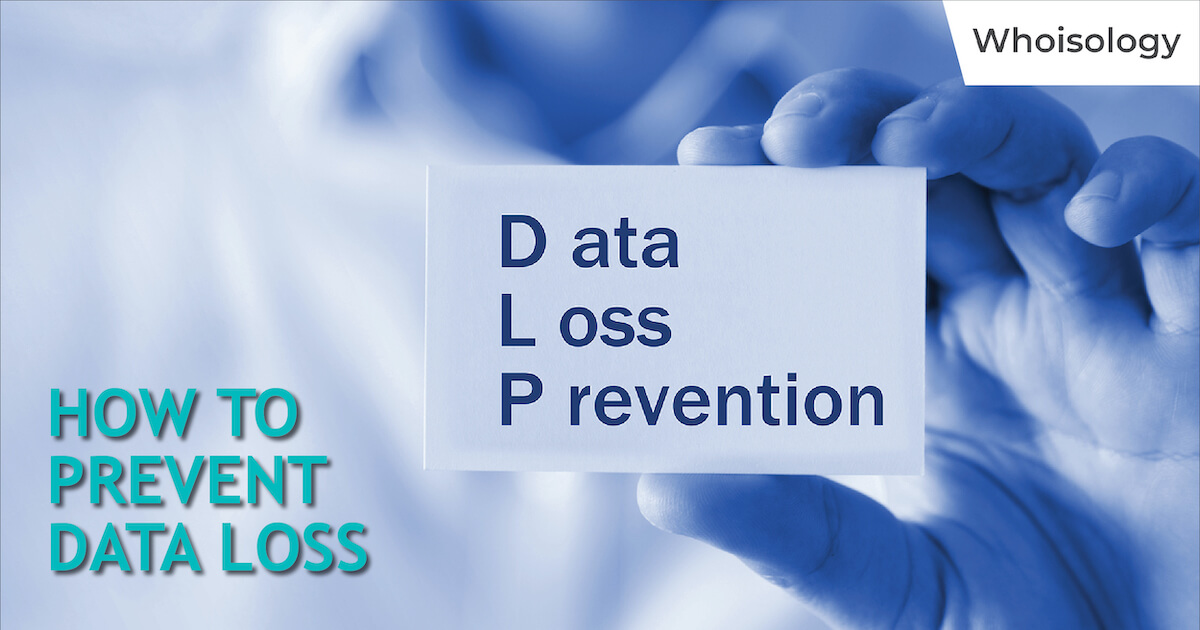6 Best Practices For Establishing a Data Loss Prevention (DLP) Policy Within Your Organization

Data protection remains a priority for every organization, irrespective of its size. This is why a lot of measures are adopted to ensure that end users do not send sensitive and important information outside a corporate network, accidentally or maliciously. These measures include the usage of tools called Data Loss Prevention (DLP) software, constant checks, and adopting Data Loss Prevention policies. Effective data loss prevention must include strategies and solutions that check for, detect and stop any channel for the unpermitted flow of information.
Some steps that organizations should implement for data loss prevention:
- 1. Identify and classify data: It is critical to classify sensitive data before adopting a DLP strategy. This step requires discovering all the stored data and getting it sorted into appropriate categories based on its sensitivity. Data classification allows enterprises to gain better control over security and greatly aids in the effort to comply with laws, regulations and compliance policies stated by various regulatory bodies.
- 2. Different data, different types of DLP strategies: Data comes in three basic forms; data being processed currently by an active application, data being transferred across a network and lastly, data that is neither in current use nor being moved at a certain point. These three forms of data need three different classes of data loss prevention strategy. For data in use, the DLP technique that should be implemented is to set up user authentication and also limit their access to resources on the network. For data in motion, DLP involves employing technologies to make sure that outgoing data is not routed through insecure channels, and that incoming data follows the same protocol. One example of this is encryption. Encryption plays a huge role in securing data in motion; communication protection is key. For data at rest, DLP technologies are used to protect data stored in diverse ways. Controls are placed over cloud servers, hard disks, etc. to ensure that only users who have a certain security clearance can access the stored data. This is also important for tracking access during a data leak or theft.
- 3. Understand and classify data threats: Most DLP products are purported to provide all-round protection but in most cases, it isn’t so. The majority of today’s DLP solutions focus on removing the insider threat such as an accidental leakage but are not dynamic enough to provide contextual security. A good DLP strategy should incorporate measures to actively understand and classify the likely sources and paths of insider or outsider threats and provide solutions that can effectively block data leakage.
- 4. Omni-platform solution technologies: It is also necessary to adopt solutions that provide security across the various operating systems. Granted, Windows is the most widely used OS around the world and thus most security solutions are focused on it. However, Mac OS and Linux are fast rising and are even given preferences in certain sectors. These differences in operating systems can allow for data loss and so enterprises seeking to prevent the same must look for technology solutions that provide Omni-platform security. Some solutions claim to achieve this but are, in fact, focused on Windows and hence offer less effective solutions for others.
- 5. Go beyond the requirements: One mistake that many companies commit is trying to be comfortable stopping at the compliance requirements from monitoring bodies. It is good to treat these requirements not as a necessary evil, but rather something that makes you go beyond and do more to keep critical data secured. To this end, constantly explore new technologies and solutions that improve on the former. Also, constantly poke your defenses to see if there is a weak point that external threats can exploit. This process is also called threat hunting.
- 6. Educate employees: As we mentioned above, preventing data loss is a comprehensive strategy which includes the employees cooperating with technological solutions that can ensure security. On many occasions, data loss could have been prevented if employees had paid a little more attention, or left their comfort zone to check on something. Security awareness programs and training should be incorporated by every enterprise and it should be tailored to address specific issues within their industry. Employees need to have practical skills they can always use to collaborate on the data loss prevention strategy.
Data loss prevention is a rapidly evolving undertaking that requires a constant synergy of employees and the adoption of strategic, policy-driven technologies. Identifying, locating, and implementing policies to regulate access to sensitive data by enterprises puts them in a strong position to maintain the integrity of data security and prevent data leakage by internal or external threats.